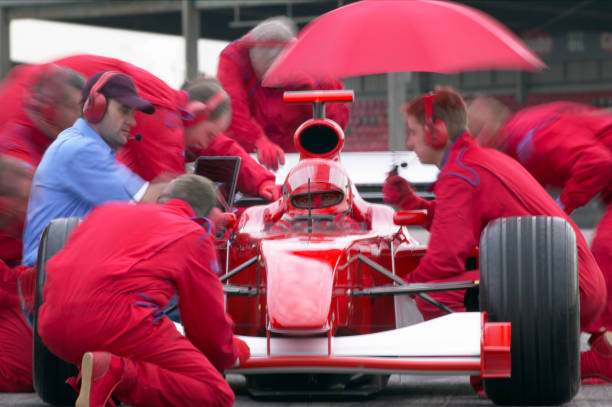By GABRIEL FURNITURE LLC
Fuel selection can be the difference between victory and a blown engine. At GABRIEL FURNITURE LLC, we guide racing teams and hobbyists through the complex world of performance fuels.
Here’s our expert framework for selecting the ideal racing fuel.
Step 1: Understand Your Engine
Every engine has a unique fuel requirement. Knowing your engine’s:
- Compression ratio
- Ignition timing flexibility
- Fuel injection or carburetor system
is essential. High-compression engines benefit from high-octane fuels that prevent detonation.
Step 2: Know the Fuel Types
The three most common racing fuels include:
- High-octane gasoline: Best for turbocharged or naturally aspirated engines needing clean combustion and reliability.
- Ethanol (E85/E98): Cooler intake temps and oxygenated fuel, ideal for boost-heavy engines.
- Methanol: Excellent for drag racing with high cooling effect, but it’s corrosive and requires careful handling.
GABRIEL FURNITURE LLC can help assess which fuel type aligns best with your race goals and technical capabilities.
Step 3: Check Race Regulations
Some races limit fuel types or additives. Always cross-check technical bulletins before making a purchase or tuning adjustment.
Step 4: Test and Tune
Use dyno testing to understand how the fuel affects torque, horsepower, and combustion efficiency. Our advisors interpret this data and recommend adjustments in timing, AFR (air-fuel ratio), and injection timing.
Step 5: Monitor and Adapt
Fuel performance may vary with climate, altitude, and track surface. We work with teams to adjust fuel maps and delivery systems race-to-race.
Bonus Tips
- Storage matters: Fuel degrades. Always use sealed containers and keep away from moisture.
- Data logging is gold: Log every run, especially when changing fuel blends.
- Listen to the engine: Knock sensors and wideband O2 sensors help prevent costly mistakes.
Conclusion
Choosing the right fuel is a technical process, but with the right expertise, it becomes an advantage. GABRIEL FURNITURE LLC is your partner in achieving consistent, safe, and peak engine performance.


